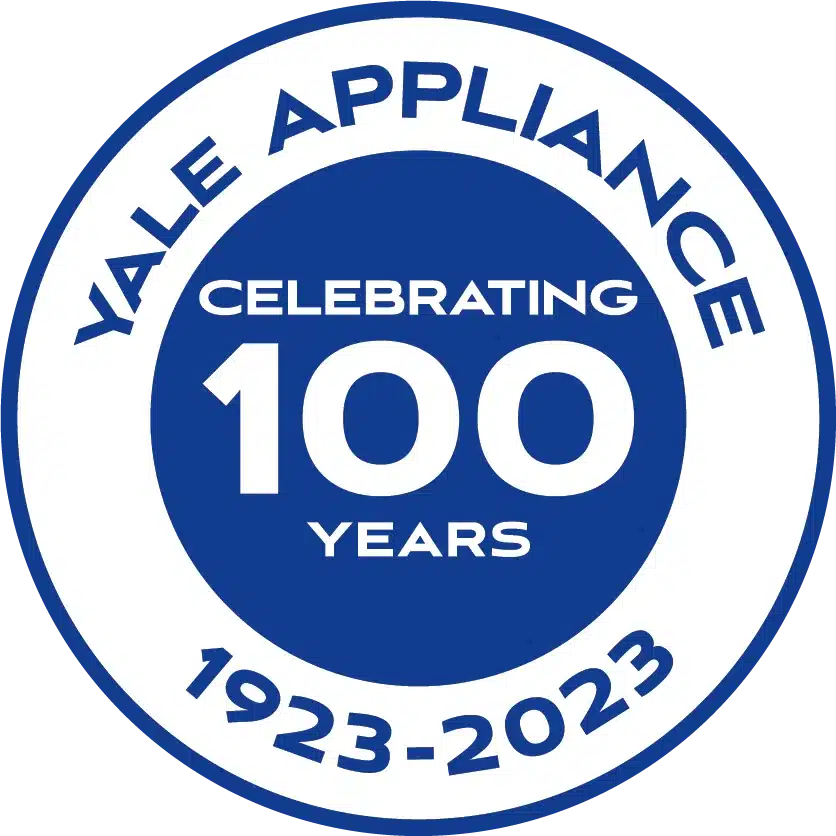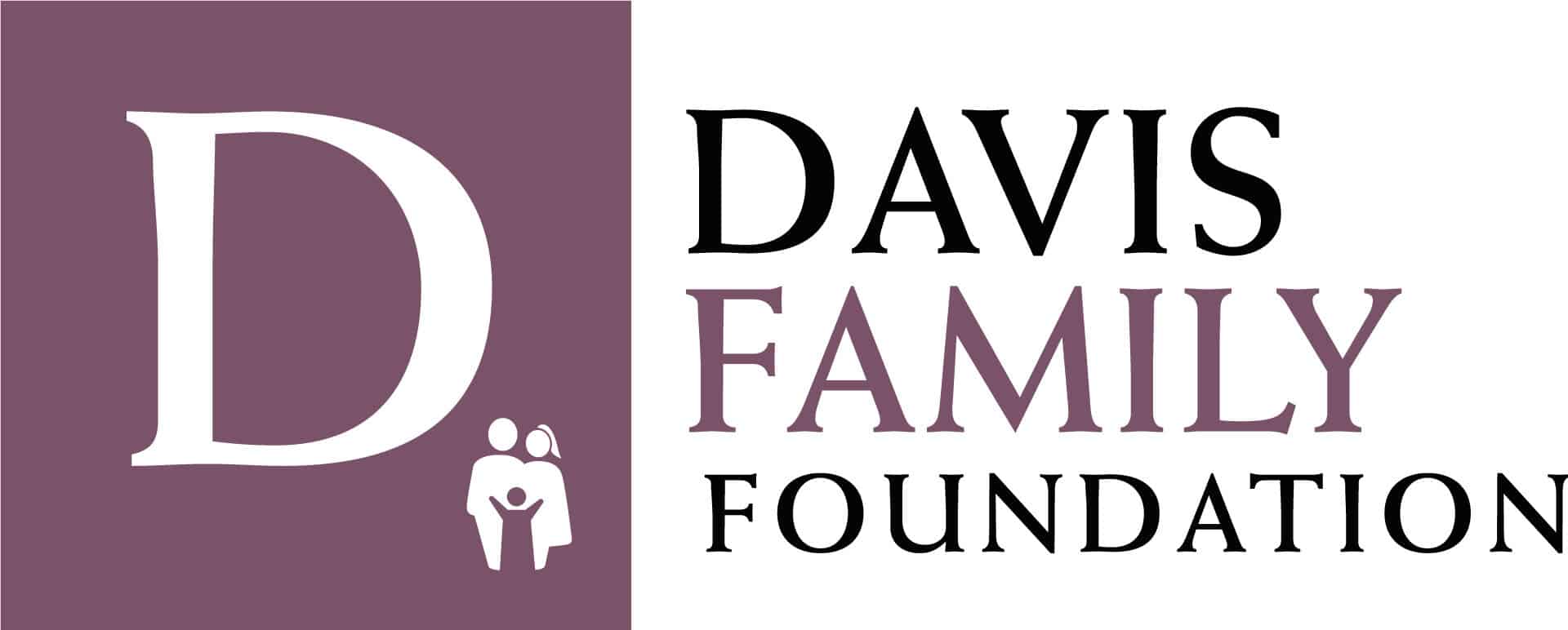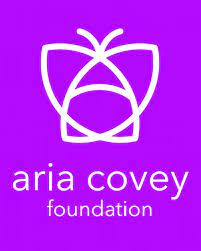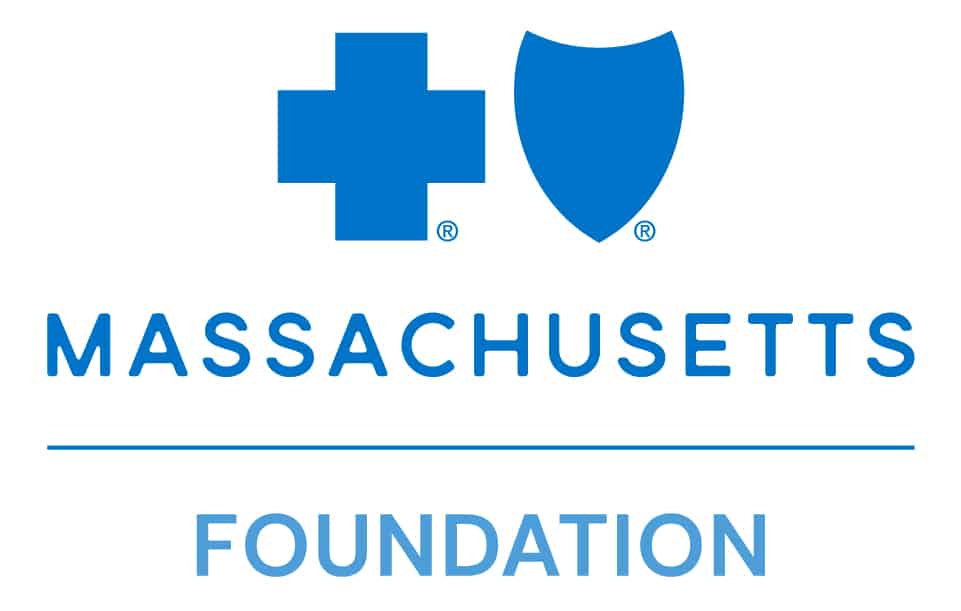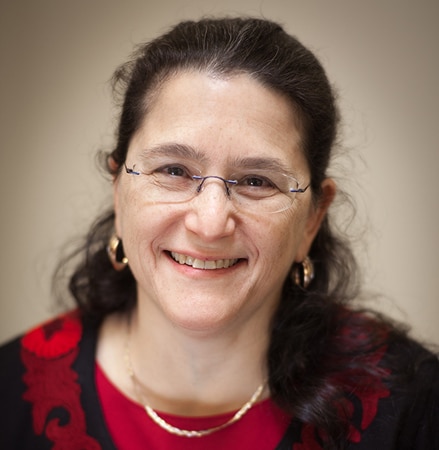
On August 1, at the start of World Breastfeeding Week and Month, Mothers’ Milk Bank Northeast Executive Director Naomi Bar-Yam stepped up to a new role as President of the Human Milk Banking Association of North America (HMBANA). We talked with Naomi about her vision and HMBANA’s place in the world.
What exactly is HMBANA and what does it do?
HMBANA is a professional association for supporters of nonprofit donor human milk banking in the United States and Canada. In addition to milk banks, members include hospitals, health agencies, healthcare providers, and other interested organizations and individuals.
HMBANA promotes the health of babies and mothers through the provision of safe, pasteurized donor milk and through the support of breastfeeding. It certifies milk banks according to strict, evidence-based guidelines; encourages research into the unique properties of human milk and its uses; provides a forum for networking among experts in the field; acts as a liaison between member institutions and governmental regulatory agencies; and educates healthcare providers and the general public about the benefits and appropriate uses of banked human milk.
HMBANA represents nonprofit milk banks. Why does it matter whether a milk bank is nonprofit?
There are several reasons nonprofit milk banking matters:
- For-profit companies are mandated to make a profit for their investors and stockholders. Nonprofit organizations are mandated to serve their mission and to reinvest any excess income over expenses into serving the mission. This does not make for-profit companies bad, but for-profit companies and nonprofit organizations have very different reasons for being and this affects their role in the community.
- HMBANA member milk banks are committed to ensuring that all babies in need have access to human milk—mothers’ own milk and safe, pasteurized donor milk. To this end, we work with many stakeholders—communities, hospitals, medical providers, legislators, government agencies, and insurance carriers—to ensure equal access to breastfeeding support and education and donor milk when needed.
- As nonprofit milk banks, our very generous donors are volunteers; they are not paid. Research and history have shown us that paying donors adds risks both to the milk received and to the baby whose milk is sold. This is a complicated medical and ethical issue that has been discussed, debated, and regulated for millennia, and continues today.
When you travel in other countries you often visit local milk banks. Tell us some ways that milk banking differs in other parts of the world.
I have visited milk banks in the UK, Brazil, and Germany. In these places, milk banking is based in hospitals. It is more often integrated into hospital and community breastfeeding support.
These hospitals process small amounts of milk for the babies in their NICUs who need it. Often, hospitals that do not have milk banks do not have access to donor milk. Outpatients in need do not receive donor milk.
HMBANA milk banks, whether they are freestanding or hospital-based, most often provide donor milk to hospitals and families throughout their regions.
We have much to learn from one another in strategies to use donor milk to promote breastfeeding, and promote equitable access to donor milk.
What are some challenges facing milk banks here in this country?
Human milk is unique; it cannot be substituted with anything else. We rely on generous, caring mothers to donate their excess milk to help other babies and mothers in need. Each mother can donate milk only for a short time, while she is nursing her own baby, so our turnover of donors is high compared with, for example, blood donors, who can donate multiple times per year for many years. Ongoing community education about milk donation throughout North America is crucial to the success of milk banks. Milk donation should be like blood donation—not everyone wants to donate blood and not everyone is eligible to donate blood, but everyone knows about blood donation. The decision to donate milk, or not, should be in the hands of mothers, and not because they have never heard of milk donation.
Equitable and ethical distribution of donor milk is an ongoing challenge for milk banks. This includes medical and community education, funding and insurance coverage, and breastfeeding support, so that use of donor milk is short-term for each baby in need.
There is an ever-increasing body of medical and scientific research detailing the value of human milk for babies and sometimes older children and adults. Without any scientific evidence, human milk is also being used by body builders and for beauty treatments. The community as a whole needs to engage in a conversation about the best use of this unique and precious resource.
What do you hope to accomplish in your term as President of HMBANA?
I am honored and excited to be serving as HMBANA’s President at a time of many changes within the organization as well as in the medical world. I have found milk bankers everywhere and at all levels to be passionate and dedicated to our mission of getting more milk to more babies in need.
Over the next couple of years, HMBANA is working to strengthen its infrastructure and update its strategic plan. To accomplish this, HMBANA must identify and team up with diverse stakeholders throughout the medical, government, business, private, and public sectors. It is crucial to identify and implement effective business, marketing, and clinical models for milk banking to grow in the current climate.
We are very fortunate to have the active involvement of our dedicated and diversely talented milk bank directors and staffs to further our work protecting and promoting appropriate and ethical use of donor milk throughout the US and Canada.
What is your long-term vision for milk banking in North America?
Ideally, we would go out of business because mothers would be fully supported and be able to breastfeed their own babies, and the number of premature babies would continue to decline because medical research discovered even more effective ways to help mothers carry their babies to term. However, throughout history there have always been circumstances in which mothers could not breastfeed their own babies, and medical advances have allowed many premature babies to survive and thrive who, a generation ago, did not.
HMBANA has experience, expertise, and an excellent record in the area of safe and ethical donor milk practices. Since HMBANA started in 1985, there have been many new stakeholders and players. As the leader in this field, it is HMBANA’s responsibility to bring these parties together to ensure that mothers are supported to breastfeed, and when that is not possible, for short or long term, that babies receive the lifesaving donor milk they need.
HMBANA will continue to expand its contribution to the laboratory, clinical, and policy research that will further our understanding of prematurity, breastfeeding, human milk, and donor human milk.
If you had 30 seconds with the U.S. Presidential candidates, what would you tell them?
Society works best when everyone is supported to discover and make their unique contribution to it. Accomplishing this means supporting families (in the broadest sense) and children. This begins with pregnancy, birth, breastfeeding, and child rearing, and continues throughout the lifespan. It includes lifelong education, health promotion, health care, workplace, and defense.
We wish Naomi the best as she leads HMBANA during this exciting period of growth, and thank her and the organization for their dedication to the health and well-being of babies and mothers.





